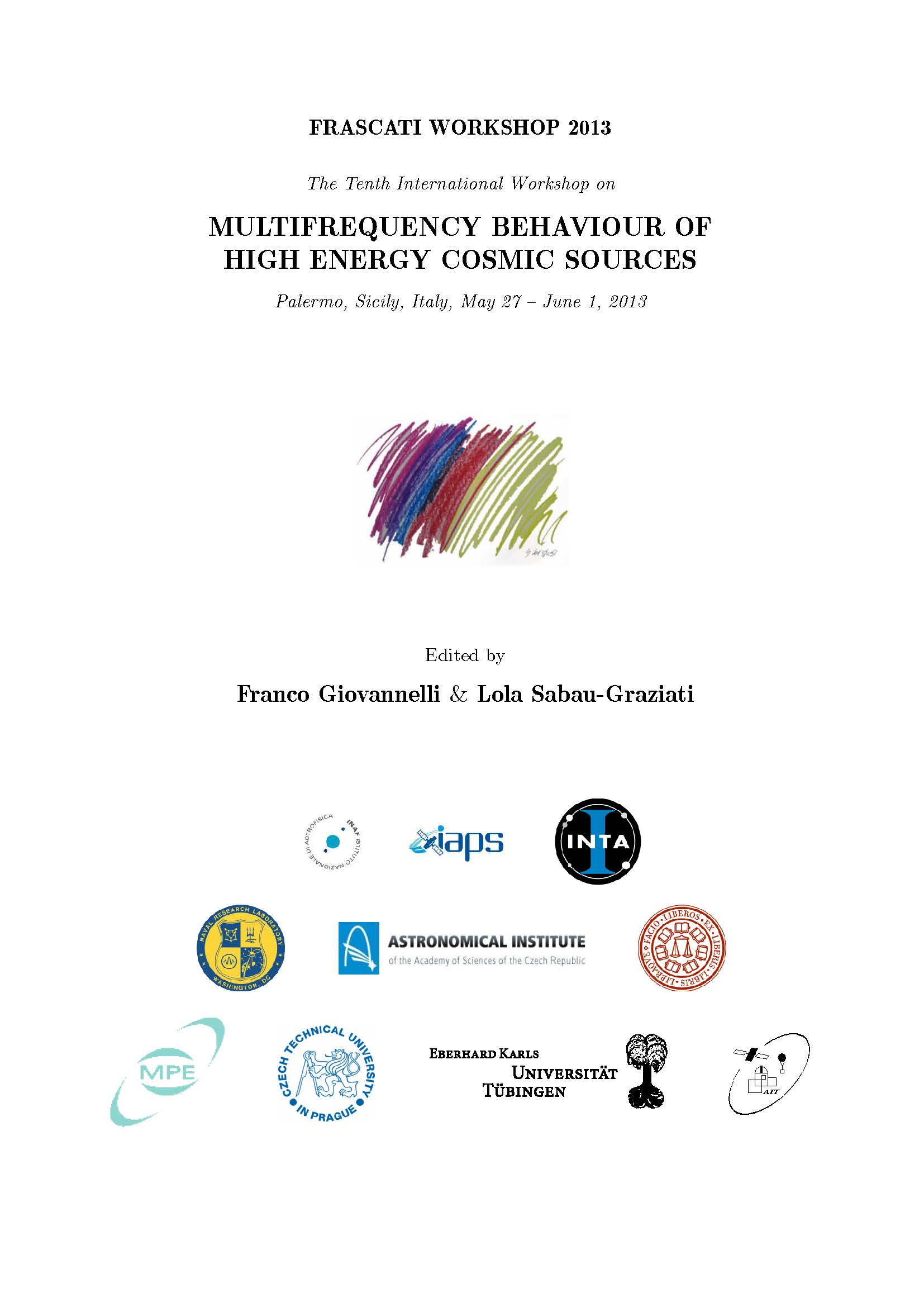Multiscale Modeling of Astrophysical Jets
DOI:
https://doi.org/10.14311/APP.2014.01.0274Abstract
We are developing the capability for a multi-scale code to model the energy deposition rate and momentum transfer rate of an astrophysical jet which generates strong plasma turbulence in its interaction with the ambient medium through which it propagates. We start with a highly parallelized version of the VH-1 Hydrodynamics Code (Coella and Wood 1984, and Saxton et al., 2005). We are also considering the PLUTO code (Mignone et al. 2007) to model the jet in the magnetohydrodynamic (MHD) and relativistic, magnetohydrodynamic (RMHD) regimes. Particle-in-Cell approaches are also being used to benchmark a wave-population models of the two-stream instability and associated plasma processes in order to determine energy deposition and momentum transfer rates for these modes of jet-ambient medium interactions. We show some elements of the modeling of these jets in this paper, including energy loss and heating via plasma processes, and large scale hydrodynamic and relativistic hydrodynamic simulations. A preliminary simulation of a jet from the galactic center region is used to lend credence to the jet as the source of the so-called the Fermi Bubble (see, e.g., Su, M. & Finkbeiner, D. P., 2012)
*It is with great sorrow that we acknowledge the loss of our colleague and friend of more than thirty years, Dr. John Ural Guillory, to his battle with cancer.



